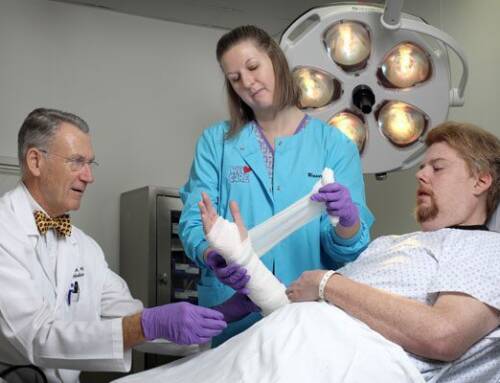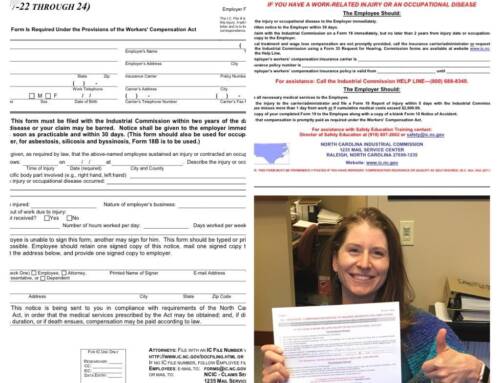Today’s post was shared by Gelman on Workplace Injuries and comes from www.northjersey.com
|
Workers cleaning a section of the Passaic River in Lyndhurst on Wednesday. A much more extensive $1.7 billion plan was announced last week for the lower part of the river.
It is touted as the largest Superfund cleanup ever, one that will remove 4.3 million cubic yards of sediment contaminated with a stew of pollutants from the Passaic River and even make it safe for people to fish there again without significantly raising their risk of cancer. This was the pledge from federal officials last week as they unveiled with great fanfare a $1.7 billion cleanup to be paid by more than 100 companies that either polluted the waterway or inherited the liability of past polluters. But the road to a Superfund cleanup is long and full of twists, and it sometimes falls short of its goals. Since the federal Superfund program was launched three decades ago, only four of the 14 sites in Bergen and Passaic counties have been fully remediated. Eight sites — including the Passaic River — have been on the list for more than 25 years. Court battles with polluters and the complexity of removing toxic chemicals from soil and water have long been blamed for the glacial pace of cleanups. Since the time between the announcement of a cleanup plan and when work actually begins is often several years, the scope of a Superfund cleanup usually changes due to everything from technology upgrades to the discovery of more pollution to lobbying by the polluters. Officials at the… |
[Click here to see the rest of this post]






